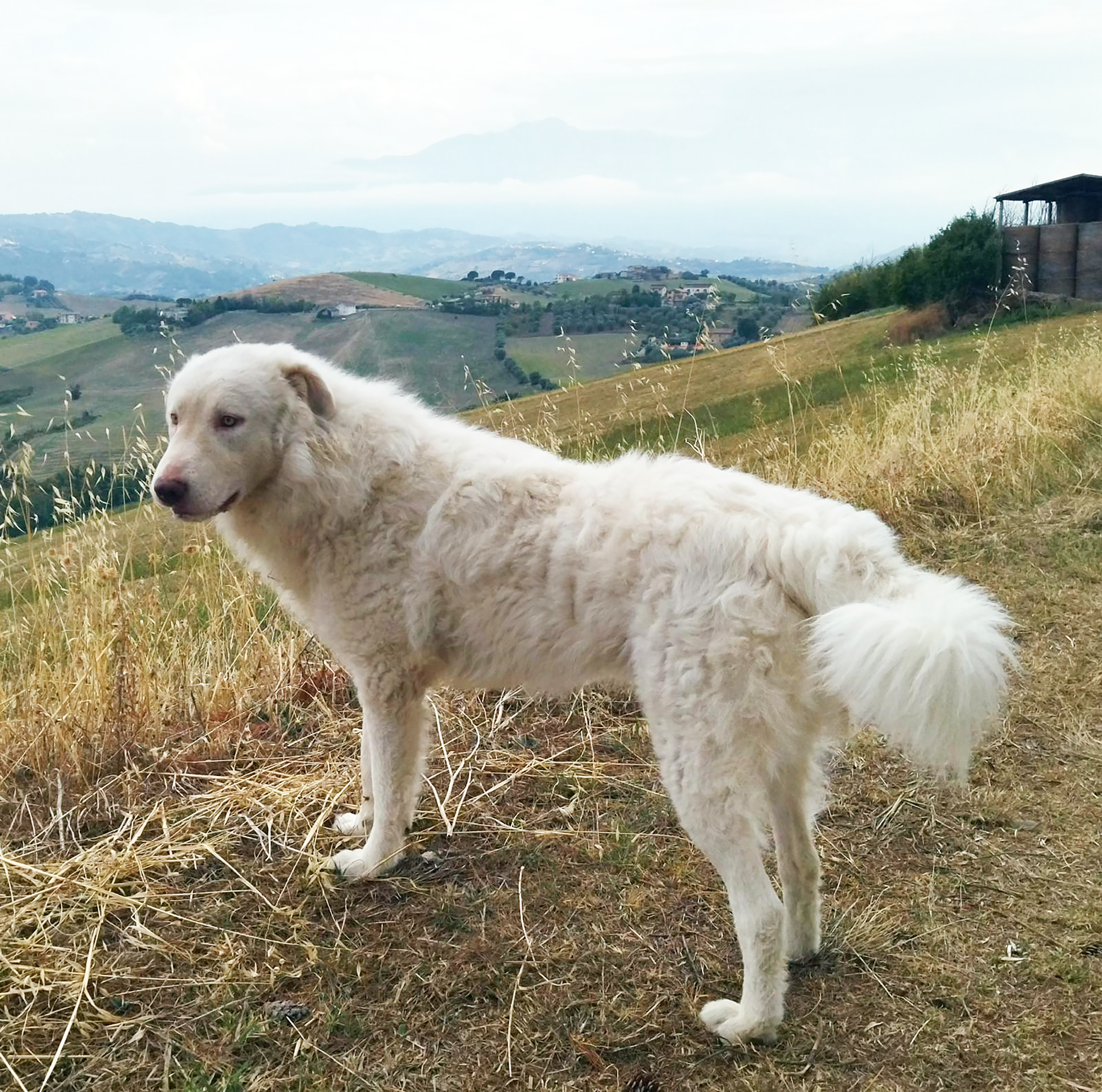Observations on the vocation of the protection dog of Abruzzo’s pastoral civilisation to defend the flock from predators
DOI:
https://doi.org/10.6093/2724-4393/12663Keywords:
Maremmano–Abruzzese sheepdog, Abruzzo, anti-predatory strategies, ethology, predators, breedersAbstract
This study aimed to assess the effectiveness of a group of livestock guardian dogs (LGDs) in independently protecting a sheep flock in the absence of the shepherd, while also evaluating the absence of aggressive behavior toward humans. The focus was on the Maremmano-Abruzzese sheepdog, a breed historically selected by Abruzzese pastoral communities for its guarding abilities.
Fieldwork was conducted over three autumn and winter seasons (2017–2020), totaling 258 observation days. The flock, consisting of approximately 300 sheep, was enclosed within an electrified fence and guarded by three LGDs. Observations took place during twilight, nighttime, and early morning hours, always without human supervision. Monitored variables included vocalizations (208 in total), behavioral responses to human or vehicle presence, and autonomous nighttime positioning patterns. Results demonstrated that the dogs effectively protected the flock, exhibiting strong motivation to defend, well-balanced behavioral responses, itinerant territoriality, and the ability to develop independent antipredator strategies. Vocalizations
were distributed primarily at night (75), at twilight (53), and in combinations involving night, twilight, and dawn. Five distinct spatial positioning patterns (A, B, C, D, E) were identified, adopted spontaneously by the dogs to ensure coverage and surveillance of the area. Importantly, no aggressive behaviors toward passing humans were recorded, confirming the dogs’ suitability for working in shared human- animal environments. These findings support the role of the Maremmano-Abruzzese sheepdog as a highly effective autonomous livestock guardian, whose behavioral traits are the result of centuries of selective breeding for pastoral purposes.
Downloads




